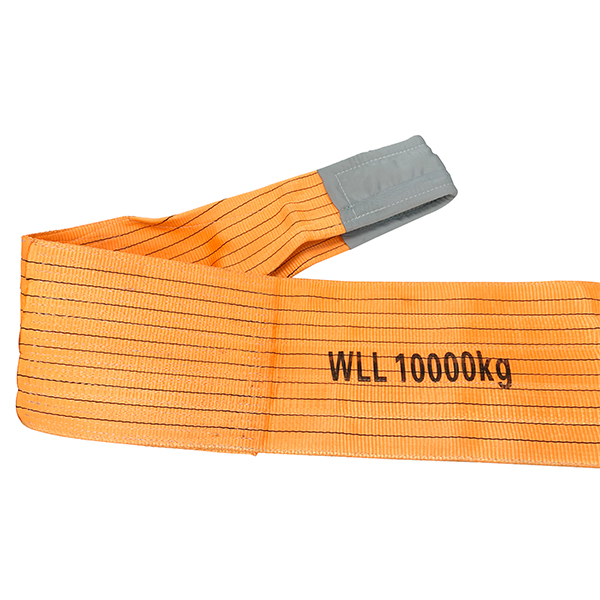What is the difference between a flexible sling and a flat sling?
The processing technology of the two lifting belts is different. The flat sling is woven, dyed, finished, and stitched together. The flexible sling is processed by combining raw materials. The use is the same, and the price of the two slings with the same load and length is different.
The flexible sling is light in weight, and is only 20% of its weight compared with a chain of the same load. Take the Oriental Lishen super large tonnage flexible sling as an example. It is made of 100% PES, and the inner bearing core is endlessly wrapped to form a circular 100% PES woven sleeve to protect the bearing core.
The advantages of flexible slings are:
There are many hoisting methods and uniform force, which not only prolongs the service life of the hoisting belt, but also enhances the safety of the hoisting site; the flexible sling will be flat under strong impact, so the risk is small; if you encounter some dangerous environments, the flexible sling No sparks are generated, reducing the risk of explosion.
Flat sling is a more economical and practical sling. The manufacturer can provide customers with single-layer, multi-layer, four-layer and other types. According to different occasions, flat slings are common type, fireproof type, fluorescent type, high-strength type, acid-resistant type, wear-resistant type, oil-repellent and waterproof type, etc.

The advantages of flat slings are:
The flat sling can reduce the pressure of the surface load because of the wide bearing surface, and it will not damage the object when the surface is smooth and relatively fine. If necessary, it can be used with a protective cover that is wider than the strap. The surface can be hardened with PU to enhance wear resistance.

 简体中文
简体中文 English
English Deutsch
Deutsch